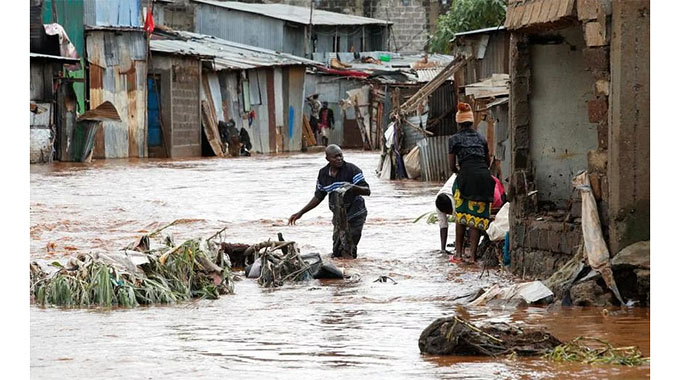An insight into Moza’s jihadist terror group
MAPUTO. — Mozambique has been rocked by a wave of knife and machete attacks in a remote northern region that it is hoped will become a natural gas hub to rival Qatar.
The violence has been attributed to a shadowy gang of Islamists — the first known jihadist attacks in the country, according to police.
Here is what is known about the group:
The group surfaced on October 5, 2017 when its members stormed a police station and military post in the northern town of Mocimboa da Praia, 100km from the Tanzanzia border.
After two days of fierce fighting security forces drove the attackers out of the town into surrounding forests.
Those clashes, which left two policemen and 14 attackers dead, are thought by police to have been the first jihadist attacks in Mozambique’s history.
Who are they?
Originally known as Ahlu Sunnah Wa-Jama — Arabic for “followers of the prophet” — the group is commonly referred to by locals and officials as “Al-Shabaab”, although it has no known link to the notorious Somali jihadist group of the same name.
It is believed to have formed in the predominantly Muslim province of Cabo Delgado around 2014 when its leaders called on followers to adhere to a more extreme form of Islam.
In late 2015, academic researchers investigating radical groupings estimated that the movement had around 100 cells in the region.
The group is made up of “socially marginalised young people without formal employment or formal education”, according to researchers at Mozambique’s Eduardo Mondlane University.
What do they want?
Although the group’s tactics appear to be inspired by international jihadism, their goals remain unknown.
The group — most of whom are members of the Kimwani ethnic group — is thought by experts to also be motivated by grievances over perceived political and economic discrimination in favour of Maconde people, the tribal group of President Filipe Nyusi.
The group also advocates the imposition of sharia law according to Signal Risk, a South Africa-based security consultancy.
Like Boko Haram in northern Nigeria, the group wants so-called “Western” education replaced with Islamic studies.
How is the group organised?
The group is thought to have roughly 1 000 core members, divided into approximately 100 cells, each headed by a religious leader, according to the Mondlane University study.
The cells operate in both Mozambique and neighbouring Tanzania’s Kibiti region with some thought to have received training in Tanzania and the Democratic Republic of Congo.
Some members have reportedly sold personal items to fund their own training missions to Kenya, Tanzania and even Somalia, say researchers.
The group receives funding from foreign backers, said the study, as well as from the proceeds of organised crime.
Smuggling of gemstones, ivory and wood are all thought to be leading sources of the group’s hard currency, according to Alex Vines, an analyst at the London-based Chatham House think-tank. Members have so far used knives and machetes in their attacks, which suggests they do not have access to firearms or explosives.







Comments